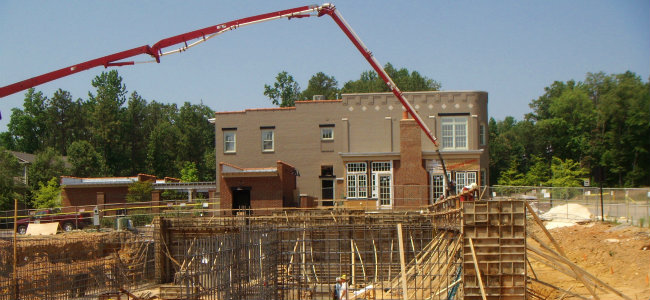In short, sometimes.
Last week, I was reading an article in Engineering News Record titled, “When Does It Pay to Use Innovative Concrete Construction Products?” The piece details a study by the Construction Industry Institute where three recent innovations in concrete were investigated, comparing them to traditional counterparts. The article explains the “why” behind their conclusions, but here’s the executive summary:
Modular formwork involves substantially more labor, which is usually cost prohibitive.
Self-consolidating concrete is a toss up. Labor costs are lower, but they might not offset the signifcantly higher material price.
High-strength rebar is a win over traditional steel enforcement.
I’ve been through several decades of innovations and can tell you that some have proven their worth and others are show.
For example, one of the challenges we have experienced in formed concrete work–especially the more complicated pieces–is the quantity of rebar in the design and getting concrete properly placed among this amount of rebar. Having less rebar makes this an easier task to accomplish properly.
As for high strength rebar, reducing the quantity of steel involves less production and freight, leaving a smaller carbon footprint.
To me, there is never a large win in cost, sustainability or reduced carbon. The key is small wins multiplied many times over.



